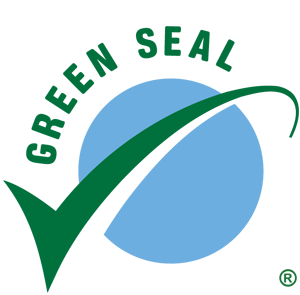Project Description
Our Custom Lag Brushes Are Limited Only by Our Customers’ Imaginations

Let’s put our minds to it: Lag brushes can be designed to solve a wide array of challenges.
Consider the lag brush, which is the technical name for a straight, staple-set brush with a wood or composite backing with bristles on one side. Basically it’s a brush that would come to mind when most people were asked to form a picture of a “brush” in their mind.
Of course, it’s just this kind of thinking that we appreciate. That’s because the variations available mean that a lag brush can be custom created to do many things most people never considered before. It allows us to work with clients who often respond to our ideas with the simple phrase, I hadn’t thought of that!
The reasons that they hadn’t thought of many of the solutions we devise are really our stock in trade. We’ve never really figured out why they’re called lag brushes, since “lagging” is often considered a negative trait, such as falling behind or going more slowly than expected. Whatever its origins, the term lag brush refers to a basic design that offers a huge range of function and usability.
Start with the fill, the bristles of our brushes, we have 17 standard fill types, including nylon and other synthetic filaments, fill designed to dissipate static, and natural fibers. All of these fills together help us to meet a wide range of needs.
Several customers use lag brushes built to their specifications as the lining for a surface on which they stand their manufactured goods when they’re finished—as in finely finished. With the right kind of brush fill, the product will not be marred or damaged, since the bristles hold the product in the proper way, while also preventing dust and debris from the manufacturing process from coming in contact with the surface.
While trim length of the fill lets lag brushes handle a variety of tasks, a wide spectrum of trim styles adds even more variety to the brushes’ many capabilities. Many customers have the idea of the brush having some directionality to its function without even realizing that the trim can add this.
 Beveled, domed, convex, and concave trims all add different levels of function to the brush. A beveled trim allows a lag brush to contact with rough or uneven surface, such as when they’re employed as a seal on a door. As a pure hypothetical, picture a cave used for curing cheese, with a door built to close it off. The rough-hewn stone of the wall would be unforgiving on seals of many other types, but using a brush seal can keep dust and pest intrusion to a minimum.
Beveled, domed, convex, and concave trims all add different levels of function to the brush. A beveled trim allows a lag brush to contact with rough or uneven surface, such as when they’re employed as a seal on a door. As a pure hypothetical, picture a cave used for curing cheese, with a door built to close it off. The rough-hewn stone of the wall would be unforgiving on seals of many other types, but using a brush seal can keep dust and pest intrusion to a minimum.
Still other trim shapes can help lag brushes optimize the bristle contact with any type of surface, from smooth to angled. Notched trims can match your specification to brush multiple surfaces at once, all with one brush.
Lag brushes are constructed when a base of wood or synthetic material up to 8 feet long. The base is drilled with a specific hole configuration, then the fill is then stapled in place. Because there are a range of materials to choose from, these brushes can be built lighter and, over the long haul, introduce less wear and tear to the machinery they are designed to fit.
 While lag brushes seems like they have a simple construction, there are many different variations to consider, including the placement of the holes. How far they are set from the edge of the base? How far apart are the holes? Are they positioned in straight lines or staggered? And still another consideration: How many filaments of the fill will be added to each hole? All of these questions, when considered with a designer and answered, help to add to the way a lag brush performs.
While lag brushes seems like they have a simple construction, there are many different variations to consider, including the placement of the holes. How far they are set from the edge of the base? How far apart are the holes? Are they positioned in straight lines or staggered? And still another consideration: How many filaments of the fill will be added to each hole? All of these questions, when considered with a designer and answered, help to add to the way a lag brush performs.
“A custom design for a lag brush can be focused any number of ways to improve performance, even on an OEM part that was designed for the job,” says Lisa Moeder, director of the Custom Products Sales Division for Fuller Industries. “We can change the trim length or materials used to make it lighter or heavier, and even design the base to fit in a bracket. Our design experience means we know what works and how much to change it to suit your job. This saves time in the process for all of us, as we work together to modify your brush for the task at hand.”
And once we get your lag brush designed together, we’ll be able to determine your needs and produce a ready supply, and your productivity won’t lag behind, and you’ll meet your targets.



